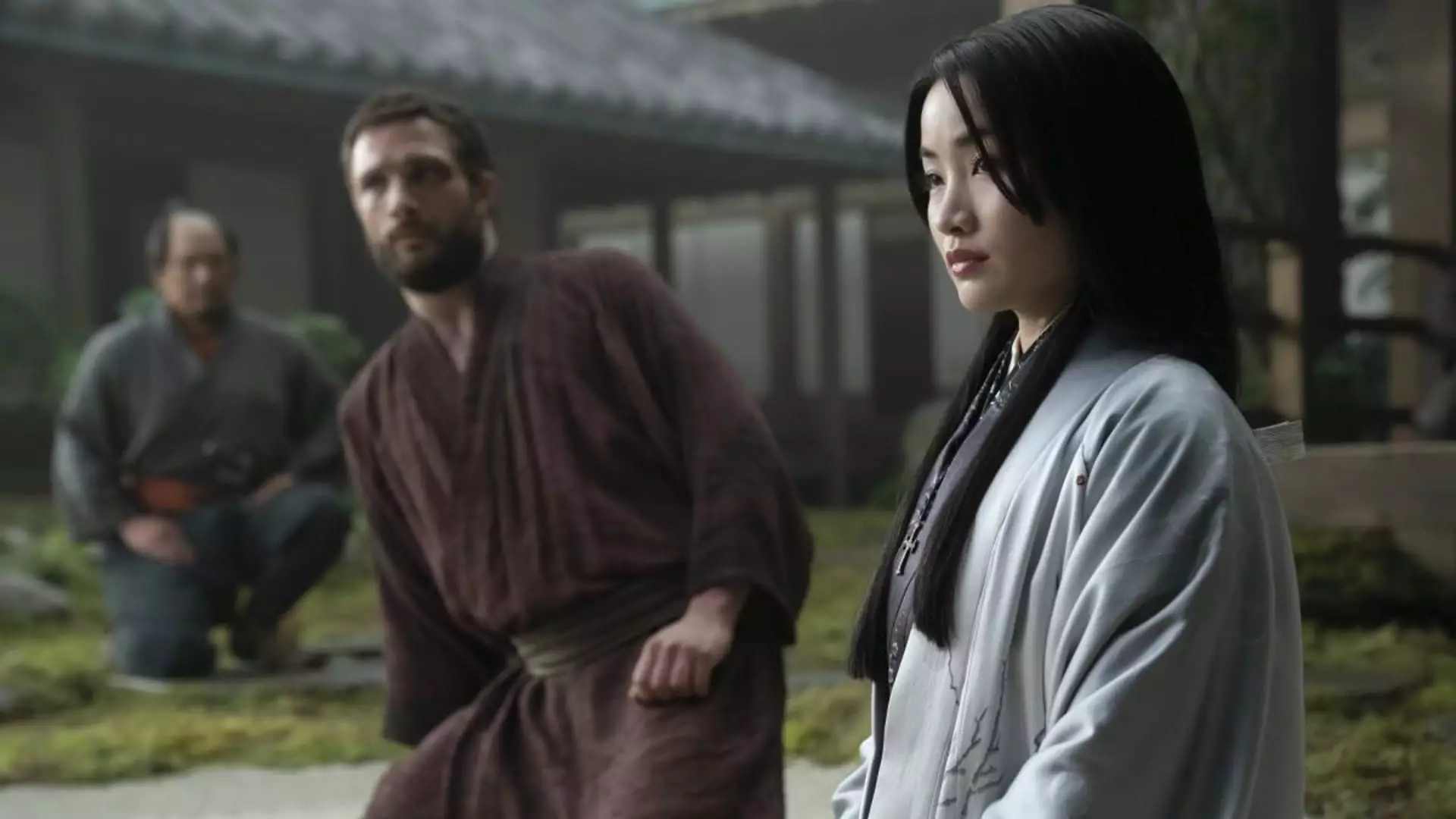In the constantly evolving landscape of media and entertainment, Disney finds itself at a crossroads concerning its traditional television networks. Recently, Hugh Johnston, the company’s chief financial officer, shared insights on CNBC’s “Squawk Box,” indicating that the prospect of separating the TV networks from Disney’s overarching business model appears daunting. Johnston suggested that the financial costs associated with such a separation outweigh the potential benefits, primarily due to the intricate operational challenges involved. This signals a hesitance, if not a complete retreat, from separating the well-entrenched cable networks, stirring conversations within the industry regarding the viability and future of traditional TV.
The media industry is buzzing with forced changes as multiple players contend with significant declines in viewership and subscription numbers. Notably, cable networks remain a cash generator, but have faced mass exodus, with analysts estimating that approximately four million traditional pay TV subscribers vanished within a mere six-month span. Furthermore, Disney recently reported a troubling 6% dip in revenue from its traditional TV networks, plunging to $2.46 billion, alongside a staggering 38% drop in profit, which amounted to $498 million for the same period.
As Disney grapples with the implications of its TV networks’ performance, Comcast executives find themselves exploring similar possibilities for their own cable networks. Although they emphasize that discussions remain preliminary, the sentiment reverberates—many players in the industry are weighing the merits of restructuring their media portfolios. Yet, the crux of the matter is that despite the narrative of the declining bundled cable package, it continues to remain a significant profit center, creating a paradox that executives are eager to untangle but largely unable to navigate.
The delicate balancing act for companies like Comcast and Disney lies in their dependency on traditional television revenue streams, juxtaposed against the pressing need to innovate and align with changing viewer behaviors. The audience shift towards on-demand content, coupled with heightened competition from streaming services, puts a watershed moment on display that threatens to upend long-standing business models.
Johnston’s evaluation of divesting networks did not yield a clear path towards value creation, demonstrating the complex web of interdependencies that traditional TV networks weave into the larger corporate tapestry. Interestingly, this reflects a broader sentiment within the industry. Executives like Lachlan Murdoch of Fox Corp also echo Johnston’s reservations when discussing the feasibility of separating their networks. There exists a fear that unwinding parts of these businesses could lead to losses—both monetarily and in terms of promotional synergy, which bolsters the necessity of these networks in the first place.
David Zaslav of Warner Bros. Discovery corroborated the importance of the traditional bundle in the company’s arsenal, reinforcing the idea that despite its challenges, it remains an integral conduit for storytelling and brand identity. This sentiment is echoed by Disney’s Bob Iger, who has emphasized the value derived from traditional media assets. The synergy between Disney’s television properties and its streaming service has intertwined their fates in a way that significantly complicates the separation of traditional from modern modes of content delivery.
Reflecting on the future, the industry is left grappling with the dualities of potential and risk. While traditional television continues to face declines, its pivotal role in content creation for platforms such as Disney+ cannot be understated. The acquisitions of entertainment assets, like the notable acquisition of Fox in 2019, speak to a larger strategy for bolstering content libraries needed for streaming success—something Iger underscored during Disney’s recent discussions.
However, the criticisms from activist investors regarding the perceived erosion of shareholder value highlight the growing tension between aggressive expansion and cautious navigation through a stormy market. Streaming continues to dominate strategic discourse, yet dependencies remain deeply rooted in traditional frameworks. While Disney aims to enhance its storytelling capabilities through an intertwined strategy of streaming and television, the question lingers: is it feasible to disentangle these long-established network systems without jeopardizing the entire value proposition?
In summation, what emerges from this discourse is a need for clarity amidst uncertainty. Disney, and its contemporaries, are faced with crucial decisions that will determine not just their operational future, but ultimately the fabric of media consumption for generations to come. The intricate dance of legacy versus innovation will demand thoughtful consideration to ensure that, unlike others before them, they adapt rather than falter in the changing tides of entertainment.

